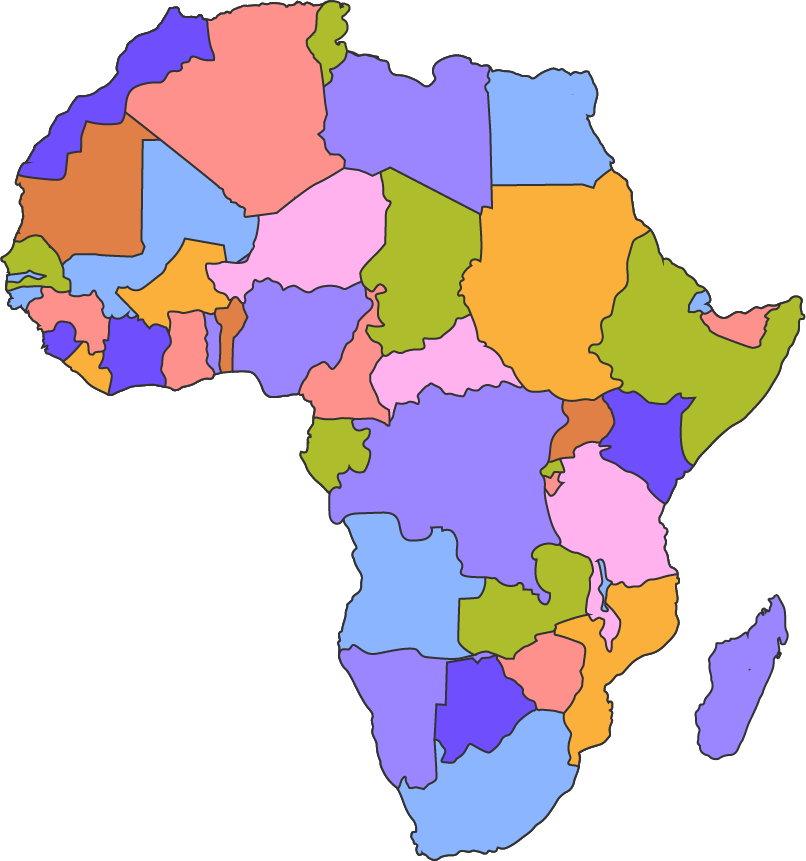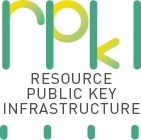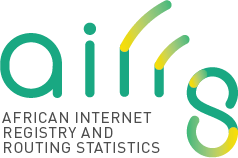 AFRINIC allocates its resources to Members who satisfy the Internet Resource policy requirements. The statistics below show the distribution of Internet resources (IPv4, IPv6 and ASNs), presenting the service region and other Internet infrastructure-related statistics in Africa.
AFRINIC allocates its resources to Members who satisfy the Internet Resource policy requirements. The statistics below show the distribution of Internet resources (IPv4, IPv6 and ASNs), presenting the service region and other Internet infrastructure-related statistics in Africa.
| Resources managed by AFRINIC | ||
|---|---|---|
| IPv4 | IPv6 | ASN |
|
|
|
Internet Number Resources
IPv6
Internet Protocol version 6 (IPv6) is the most recent version of the Internet Protocol (IP), the communications protocol that provides an identification and location system for computers on networks and routes traffic across the Internet.
IPv6 was developed by the Internet Engineering Task Force (IETF) to deal with the long-anticipated problem of IPv4 address exhaustion. IPv6 is intended to replace IPv4.
AS Numbers
An autonomous system (AS) is a collection of connected Internet Protocol (IP) routing prefixes under the control of one or more network operators on behalf of a single administrative entity or domain that presents a common, clearly defined routing policy to the internet.
Even though there may be multiple autonomous systems supported by the ISP, the internet only sees the routing policy of the ISP.
IPv4
Internet Protocol version 4 (IPv4) is the fourth version of the Internet Protocol (IP). It is one of the core protocols of standards-based internetworking methods on the Internet and other packet-switched networks. IPv4 was the first version deployed for production in the ARPANET in 1983. It still routes most Internet traffic today, despite the ongoing deployment of a successor protocol, IPv6.
IPv4 is described in IETF publication RFC 791 (September 1981), replacing an earlier definition (RFC 760, January 1980). IPv4 uses a 32-bit address space which provides 4,294,967,296 (232) unique addresses, but large blocks are reserved for special networking methods.








